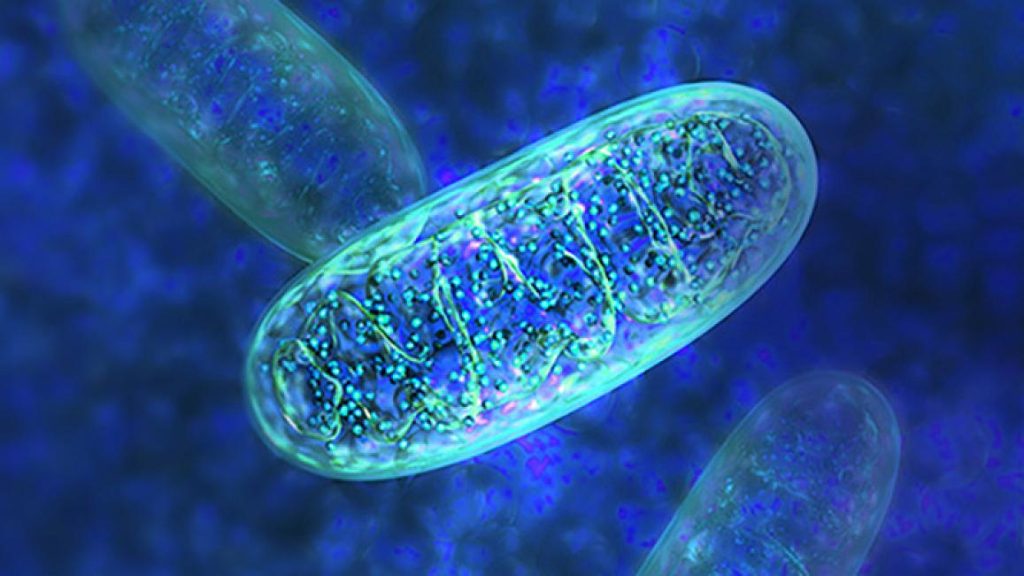
A medical breakthrough could result in the first treatment for rare but serious diseases in which genetic defects disrupt cellular energy production. Researchers at the University of Gothenburg have identified a molecule that helps more mitochondria function properly.
Mitochondrial diseases caused by POLG mutations vary in severity. In young children, these diseases can quickly result in brain damage and life-threatening liver problems while others suffer muscle weakness, epilepsy, and organ failure later in childhood. POLG mutations recently received media attention when Prince Frederik of Nassau in Luxembourg died in March 2025 at just 22 years of age.
The POLG gene regulates the production of DNA polymerase gamma, an enzyme that copies mitochondrial DNA. Without it, the mitochondria cannot function normally and, as a result, fail to provide the cell with energy.
A breakthrough
Maria Falkenberg and Claes Gustafsson, professors at Sahlgrenska Academy at the University of Gothenburg, have led the work behind the study now being published in the journal Nature.
“We demonstrate that the molecule PZL-A can restore the function of mutated DNA polymerase gamma and improve the synthesis of mitochondrial DNA in cells from patients. This improves the ability of the mitochondria to provide the cell with energy,” says Maria Falkenberg.
“This is a breakthrough as for the first time we can demonstrate that a small molecule can help improve the function of defective DNA polymerase. Our results pave the way for a completely new treatment strategy,” says Claes Gustafsson.
From lab to medication
More than twenty years of basic research led to the discovery of PZL-A. The molecule was identified following the analysis of hundreds of chemical compounds in collaboration with Pretzel Therapeutics, where another one of the lead authors of the study, Simon Giroux, has led the chemical development of the molecule. So far, the molecule has been studied in cells from patients as well as in animal models.
Sebastian Valenzuela, a doctoral student at Sahlgrenska Academy, has analysed the molecule’s structure, including by means of cryo-electron microscopy.
“We demonstrate exactly where the molecule binds, between two separate chains of the enzyme. The binding site is extremely specific, which helps us understand how the enzyme works and how we can influence it,” says Sebastian Valenzuela, first author of the study.
Pretzel Therapeutics has just embarked on phase I studies with a refined version of the molecule in order to test its safety on healthy volunteers. Since a lack of mitochondrial DNA is also seen in other mitochondrial, age-related, and neurodegenerative diseases, substances similar to PZL-A may gain broader therapeutic use.
Source: University of Gothenburg

